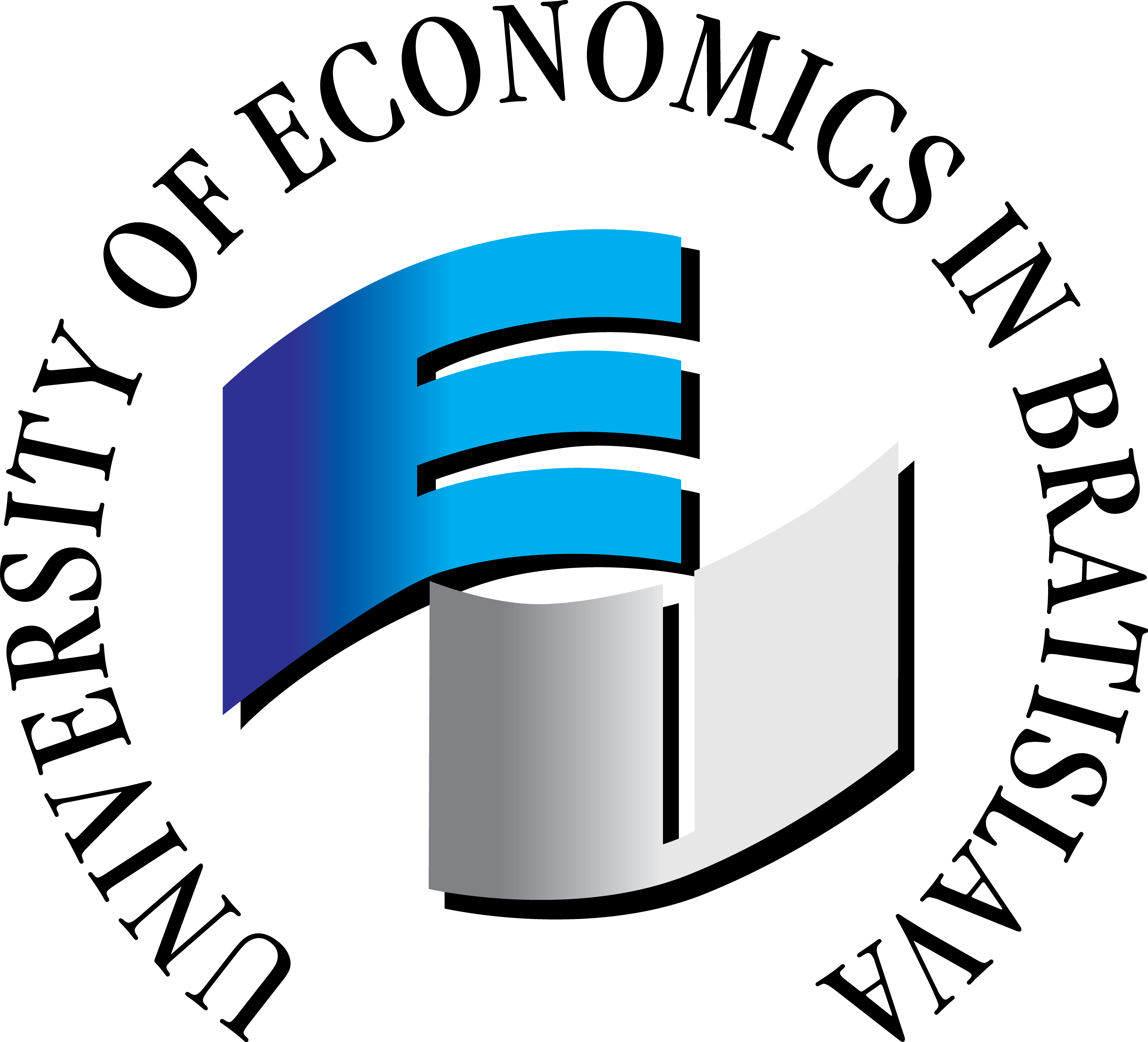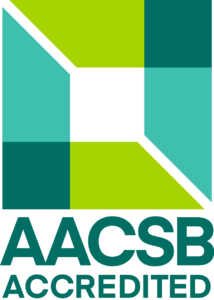Multimedia Applications
- Ending: Examination
- Range: 0P + 2C + 2S
- Semester: summer
- Faculty of Economic Informatics
Teachers
Included in study programs
Teaching results
After completing the course, students should have:
Knowledge
A. To understand the conceptual framework of multimedia communication.
B. To analyse the needs of a company as well as target groups within the context of multimedia communication.
C. To formulate the essence of a task from the perspective of multimedia communication and in relation to the expressive possibilities of individual multimedia elements.
E. To understand digital photography, composition principles, and colour theory.
Skills
D. To create an original multimedia output or prepare high-quality assignments for external specialists.
F. To work with a raster graphics editor, video-editing software, a 3D modelling program and a 3D printer.
H. To present and defend proposed multimedia solutions at a professional level.
Competentness
A. To apply the conceptual framework of multimedia communication when creating and evaluating multimedia outputs.
B. To independently analyse the needs of a company and target groups and incorporate them into multimedia solution design.
C. To integrate various multimedia elements into a coherent and comprehensible output.
D. To work effectively as part of a development or creative team and understand its organisation and processes.
H. To professionally present, justify, and defend chosen multimedia solutions.
Indicative content
1. Definition of Multimedia Systems, introduction to the subject
2. Definition of technical, programmatic, technological, and economic prerequisites for the realization of multimedia outputs
3. Multimedia formats of static and dynamic outputs
4. Colour theory, colour depth, colour space
5. Digital photography (comparison with analogue photography, basic principles...)
6. Composition (people, nature, product, advertising...)
7. Working with raster editor
8. Typography (essence, laws, use...)
9. Graphic design of a web page
10. Processing of audiovisual recordings
11. Working with video editing software
12. 3D modelling (methods and possibilities, modelling with a simple CAD tool)
13. 3D printing (methods of creating 3D output, 3D printing technologies)
Support literature
1. Chapman, N. (2009). Digital multimedia. John Wiley & Sons.
2. Coward, C. (2019). Beginner's guide to 3D modeling. No Starch Press.
3. Faulkner, A., & Chavez, C. (2019). Adobe Photoshop: Classroom in a book (2020 release). Adobe Press.
4. Gitner, S. (2015). Multimedia storytelling for digital communicators in a multiplatform world. Taylor & Francis.
5. James, H. (2021). Getting started with DaVinci Resolve 17. Anodyne Press.
6. Kelby, S., & Dogra, S. (2021). Digitální fotografie: Krok za krokem k profesionální fotografii. Zoner Press.
7. Rund, F. (2016). Multimédia I. ČVUT Praha.
8. Schellmann, B., et al. (2002). Média: Základní pojmy, návrhy, výroba. Europa Sobotáles.
9. Schmidt, P., & Bandurič, I. (2015). Úvod do tvorby webu 1. Vydavateľstvo Ekonóm.
10. Willis, J., & Dogra, S. (2019). Autodesk Fusion 360. Cadartifex.
11. Bishop, R. (2022). The art of color correction: Theory and practice for video editors. Routledge.
12. Landa, R. (2024). Graphic design solutions (7th ed.). Cengage Learning.
Syllabus
1. Definition of multimedia systems, introduction to the field Introduction to the core concepts and characteristics of multimedia systems and their role in digital communication. Overview of typical application areas and forms of multimedia output. Explanation of multimodal content and the technological foundations enabling its creation. 2. Technical, software, technological and economic prerequisites for producing multimedia outputs Overview of hardware and software tools required for professional multimedia production. Economic considerations, project planning and resource requirements. Selection of appropriate technologies based on project scope, quality demands and target audience. 3. Multimedia formats of static and dynamic outputs Classification and characteristics of static (images, graphics) and dynamic (video, animations) formats. Key parameters such as compression, quality, compatibility and file size. Criteria for choosing the optimal format for various media platforms. 4. Colour theory, colour depth, colour space Foundations of colour perception and the principles of additive and subtractive colour models. Importance of colour depth for image quality and gradient smoothness. Comparison of RGB, CMYK, HSL and other colour spaces for different design tasks. 5. Digital photography (comparison with analogue photography, basic principles) Comparison of analogue and digital photography in terms of workflow, technology and output quality. Explanation of exposure, aperture, shutter speed and ISO sensitivity. Selection of suitable equipment depending on the photographic purpose. 6. Composition (portrait, nature, product, advertising, etc.) Principles of visual composition and their application across different photographic genres. Use of light, perspective, symmetry and focal points to guide visual attention. Practical recommendations for creating aesthetically effective and communicative images. 7. Working with a raster graphics editor Introduction to bitmap editing, including retouching, masking, layers and colour adjustments. Use of non-destructive editing workflows for professional-quality output. Development of practical editing routines for graphic and photographic materials. 8. Typography (principles, rules, application) Fundamental principles of typography and its importance in visual communication. Rules for font selection, text hierarchy, spacing, kerning and readability. Application of typography in both printed and digital media. 9. Graphic design of a website Principles of web interface design with emphasis on UX and UI elements. Use of grids, wireframes, prototyping and visual hierarchy. Adaptation of the design for responsive layouts and accessibility requirements. 10. Processing audiovisual recordings Basics of working with audio and video, including capturing, editing and synchronisation. Selection of formats, codecs and compression techniques suitable for various platforms. Enhancing audiovisual quality through post-processing tools. 11. Working with video-editing software Editing video footage using timelines, layers, transitions and effects. Post-production processes such as colour correction and audio balancing. Exporting completed audiovisual outputs in appropriate quality and formats. 12. 3D modelling (methods and possibilities, modelling with a basic CAD tool) Fundamentals of creating three-dimensional objects and geometric structures. Overview of modelling techniques and beginner-friendly CAD tools. Preparation of 3D models for visualisation, animation or manufacturing. 13. 3D printing (methods of creating 3D outputs, 3D printing technologies) Workflow for preparing a 3D model for printing, including format selection and slicing parameters. Overview of main 3D printing technologies (FDM, SLA, SLS) and their use cases. Practical aspects such as material selection, post-processing and common issues.
Requirements to complete the course
Exam 60% of the rating. It is performed in the form of a test using a test application. The test verifies the achieved level of educational results A., E., F., G.
Exercises 40%. The content of the exercise is the elaboration and defense of the semester work, which students will work out in groups. Each group has its own group leader, who is chosen by the students. The semester work of the group is evaluated as a whole for the whole group, while the evaluation of the members of the group and their contribution to the elaboration of the semester work is the result of the group agreement. The following educational results are evaluated by the evaluation of the semester work: B., C., D., E., F., G., H.
Student workload
Total study load (in hours):
5 credits x 26 hours = 130 hrs
Study load distribution:
Participation in seminars 26 hrs
Preparation for seminars 20 hrs
Elaboration of a semester project 52 hrs
Preparation for the final exam 32 hours
Language whose command is required to complete the course
slovak
Date of approval: 04.03.2025
Date of the latest change: 06.11.2025

